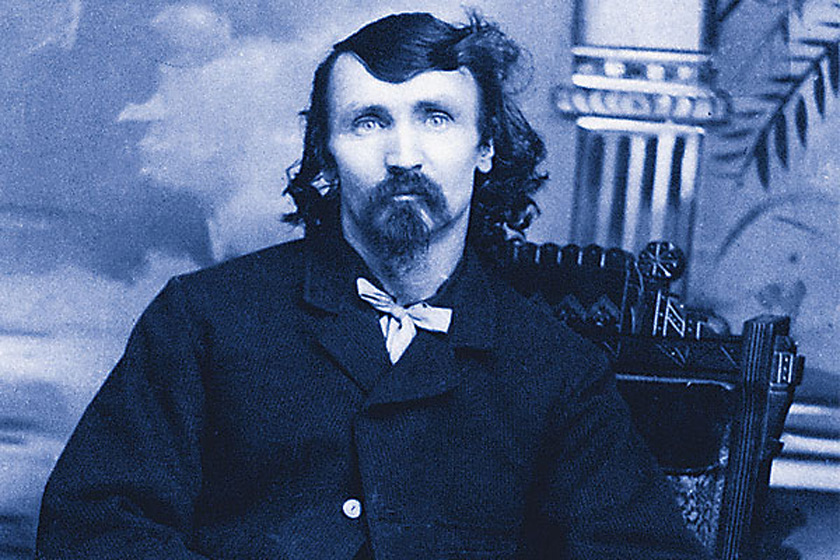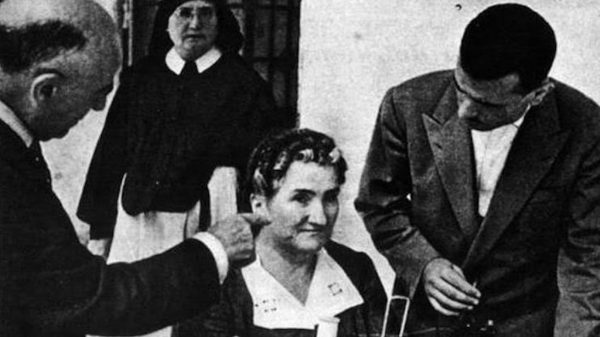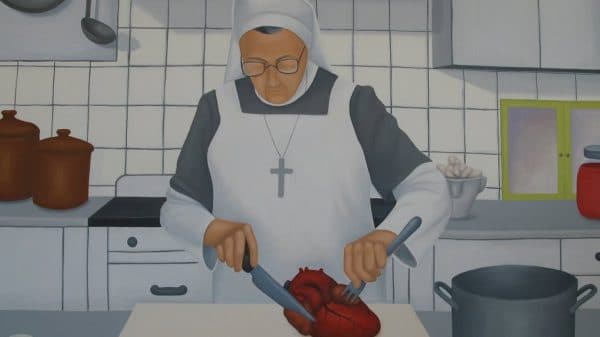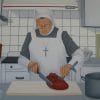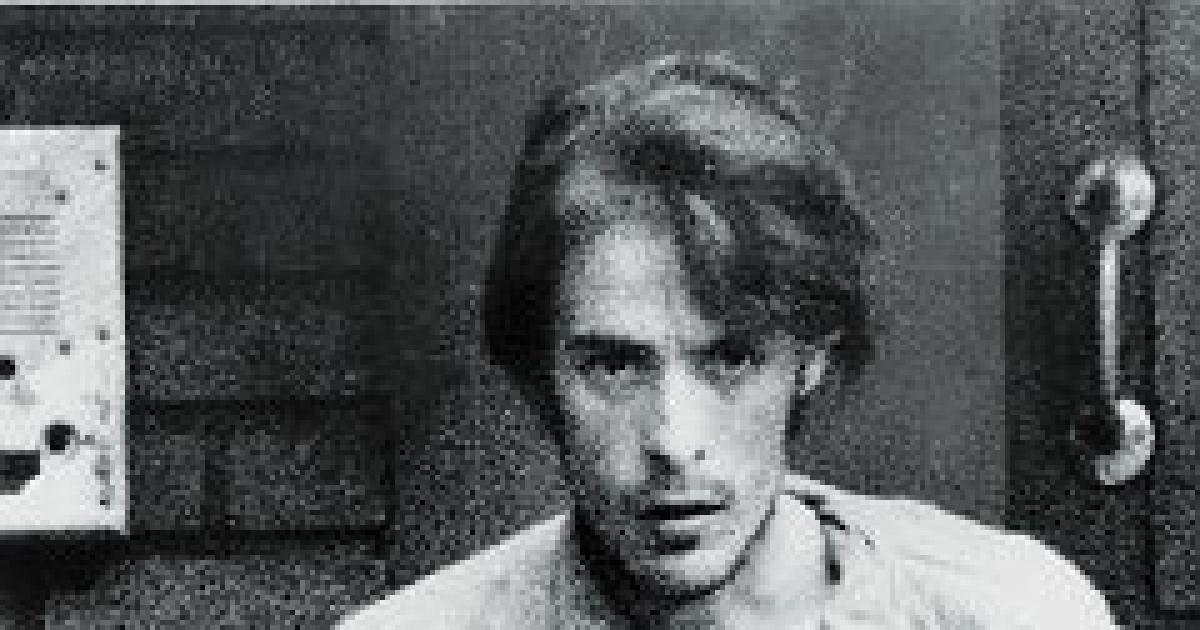By Miss Cellania
Just the thought of cannibalism, or the eating of human flesh, induces shudders in the living. However, most people would agree that as strong as the cultural taboo is, cases in which people ingested corpses because it was the only available food in order to survive can be forgiven (if not forgotten). The most famous example in American history is the Donner Party, a group of snowbound pioneers who may have resorted to eating their deceased members in 1846-47. On the other hand, those who murder and then eat their victims are viewed with particular horror and contempt.
via Mentalfloss
LIVER-EATING JOHNSON
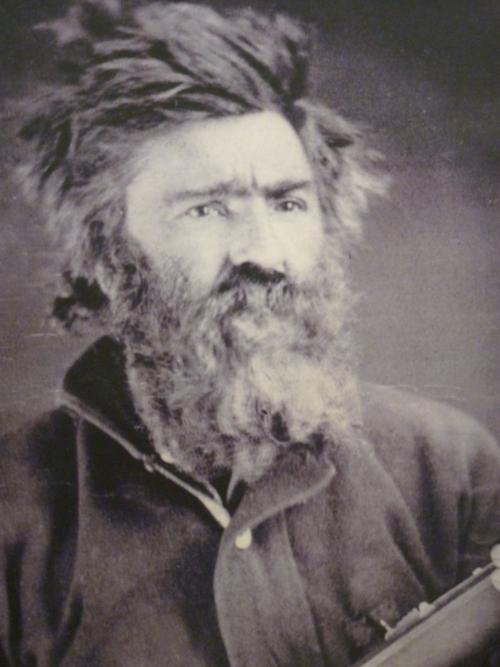
John Garrison was born around 1824 in New Jersey. After a stint in the Navy, he headed out West and learned hunting, trapping, and the art of surviving in the mountains from an older mountain man named Old John Hatcher. Garrison changed his name to Johnston around this time, although the “t” was dropped in later accounts of his life. Johnson took a wife in trade from her father, a Flathead Indian. They built a cabin in the wilderness, but when Johnson returned from a solo hunting expedition in 1847, he found the cabin had been burned and his pregnant wife had been murdered by the Crow tribe.
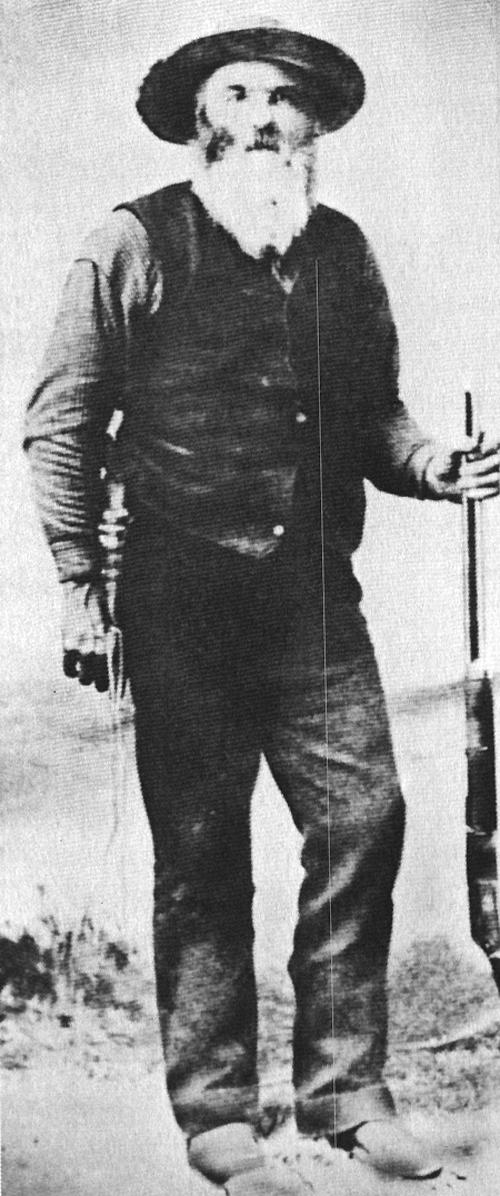
Johnson then set out on an almost 20-year mission to kill Crows. Bodies were found all over the Rockies, scalped and missing their livers, which Johnson ate. This is attributed by some to the mountain custom of eating the fresh liver of hunted animals, but others say it was a direct insult to the Crow, who considered the liver a sacred part of the body, necessary to enter the afterlife. Later accounts put the number of Crow killed at about 300 over the years. This included a posse of twenty men sent to capture Johnson; none of them returned to the tribe. Once, Johnson was captured by Blackfoot hunters who planned to sell him to the Crow, but Johnson not only managed to escape, he killed his guard and chopped off his leg—which he used to sustain himself on his journey home. Contemporary news of Johnson’s exploits earned him the nickname Liver-eating Johnson.
Johnson left the mountains long enough to serve in the Union Army in 1864 during the Civil War, then returned to the Rockies. He then made peace with the Crow, and never ate a human liver again. He served as a deputy sheriff in two Old West towns, and died at a veterans’ home in 1900. If the first part of the story sounds familiar, it’s because Johnson’s story was the basis of the 1972 Robert Redford film Jeremiah Johnson.
ALFERD PACKER
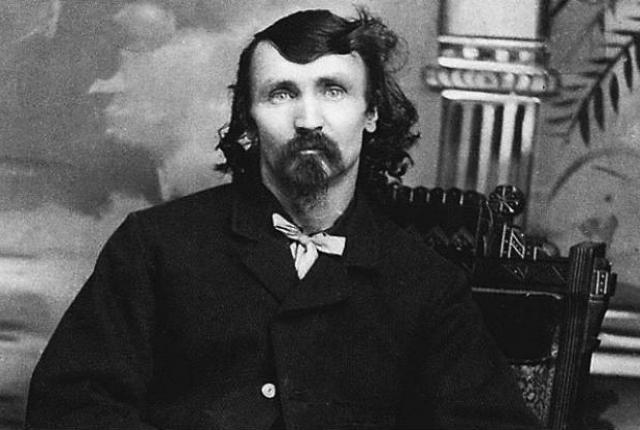
Alferd G. Packer earned the nickname The Colorado Cannibal in 1874. He set out from Provo, Utah, with several other men in that year to look for gold in Breckenridge, Colorado. In February, six men—Israel Swan, Shannon Wilson Bell, George Noon, James Humphrey, Frank Miller, and their guide, Packer—were seen at a Ute camp in Colorado. Two months later, Packer showed up alone at the Los Pinos Indian Agency. He said the others had gone foraging for food after they were stranded by a blizzard and Packer expected them to show up at any time. Oddly, Packer did not seem hungry, nor did he ask for food. More suspicions about his story arose later when he was seen spending money freely. Packer was arrested and taken in for questioning. The tale he told then was quite different: Packer said that while they were stranded, Israel Swan (the oldest of the group) died and the others ate his body. Humphrey died next, of natural causes. Then Miller died of an undisclosed accident. Each of the bodies were eaten by the survivors. Then, according to Packer, Shannon Bell shot Noon in order to eat him. Then Bell tried to kill Packer as well, so Packer killed Bell in self-defense. Not long after telling his story, Packer escaped from jail and wasn’t seen again until 1883. Meanwhile, the remains of the other prospectors were found, showing evidence of violence. However, they were all lying near each other, and their feet were bound with strips of blanket.
In 1883 Packer was again arrested and again confessed to killing Bell in self-defense, this time admitting that he took money and a rifle from the dead men. Packer was charged with murdering Israel Swan, supposedly the first of the group to die. He was found guilty and sentenced to be hanged, but the conviction was reversed on appeal. Packer was tried again for manslaughter, convicted, and sentenced to 40 years.
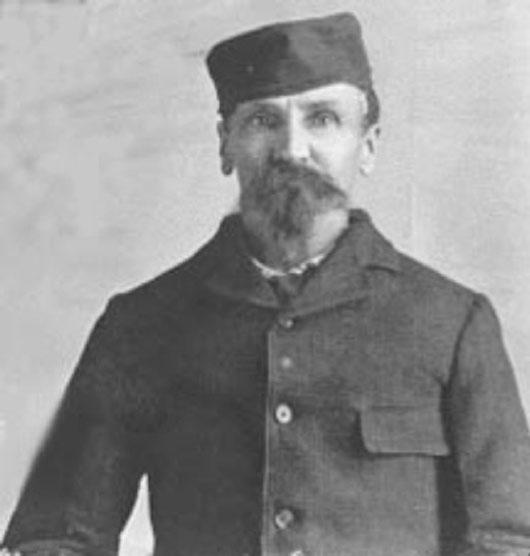
In 1897, Packer wrote a third confession. In this account published in the Rocky Mountain News, Shannon Bell went insane from hunger, and killed all the prospectors except Packer, who was out foraging. On his return to the camp, Packer saw what had happened and killed Bell in self-defense. He then told how he took some human flesh from the fire, which Bell had prepared, and used it to sustain himself on the journey to Los Pinos. Governor Charles S. Thomas granted Packer a parole in 1901, after serving 17 years.
The spelling of “Alferd” may not have been his name at birth. It was tattooed on his arm, and there is speculation that he changed the spelling from the original “Alfred” later in life to match the misspelled tattoo.
BOONE HELM
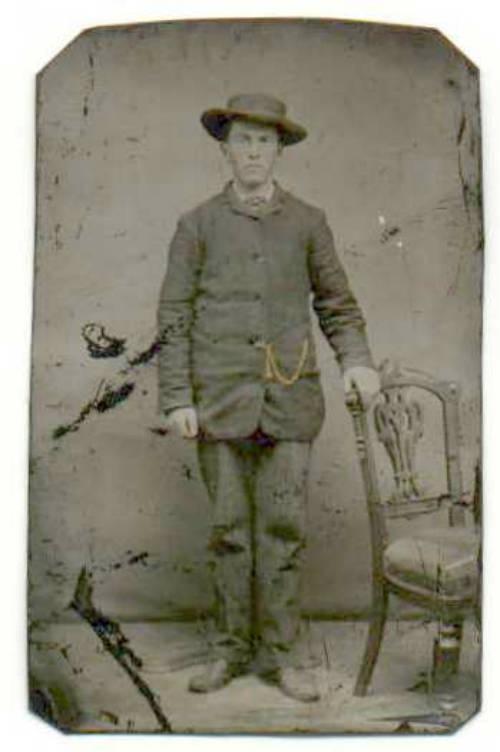
The name of Boone Helm is passed down to us with a legend more evil than the previous two cannibals. Helm was born in Kentucky around 1828 and raised in Missouri. By the time of the California Gold Rush in 1849, Helm already had a reputation as a troublemaker, and in fact, had already murdered at least one man, and had spent some time in an insane asylum. In California, he lived by murder and thievery instead of mining, as the miners had tempting pockets of gold. Heading into the wilderness of Oregon in 1853 with a gang of fellow outlaws, they were stranded by bad weather, and one by one they died. Helm and one other survivor, named Burton, tried to reach civilization, but Burton, no longer able to travel, shot himself. Helm carved him up and took parts of Burton to eat while he traveled. Rescued by geologist and explorer John W. Powell, Helm expressed no gratitude for the help, nor did he share any of the hundreds of dollars in his pocket. Powell got off easy, however, as Helm killed two other men who took him in during separate bad times later in his life.
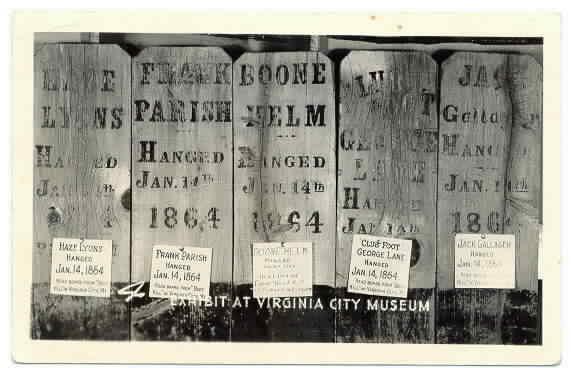
Helm made it to Utah, where he boasted of his exploits and made some money as a hired killer. In Oregon in 1862, he shot and killed a man named Dutch Fred, who was unarmed and made no threat to Helm. It may have been a hired hit. Helm was run out of town, and subsequently had to endure another harsh winter in the wilderness, but he survived by killing a companion and eating him. Helm was eventually tried for the killing of Dutch Fred, but witnesses refused to appear or to testify, possibly because they were paid off by Helm’s wealthy brother.
Helm then teamed up with the Henry Plummer Gang, which led to his arrest with several of the gang members. He was led to the gallows on January 14, 1864, in Virginia City, Montana, in front of a crowd of 6,000 people. As the other gang members were hanged, Helm kicked the box he was standing on away, hanging himself before the executioner could get to him. And that was his final murder.

